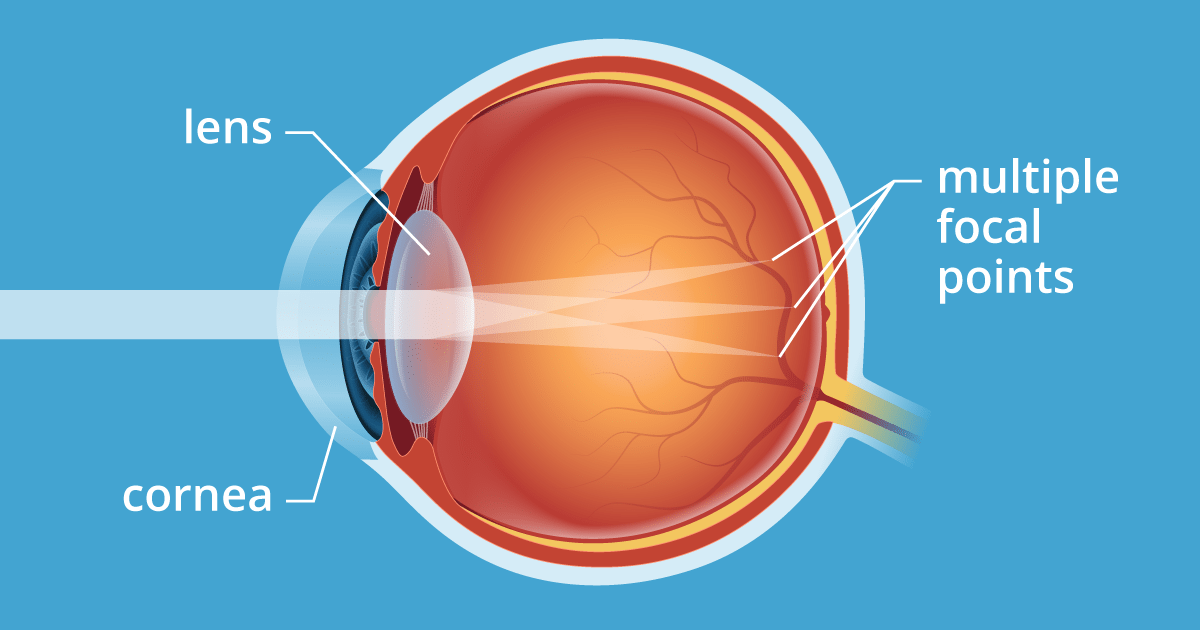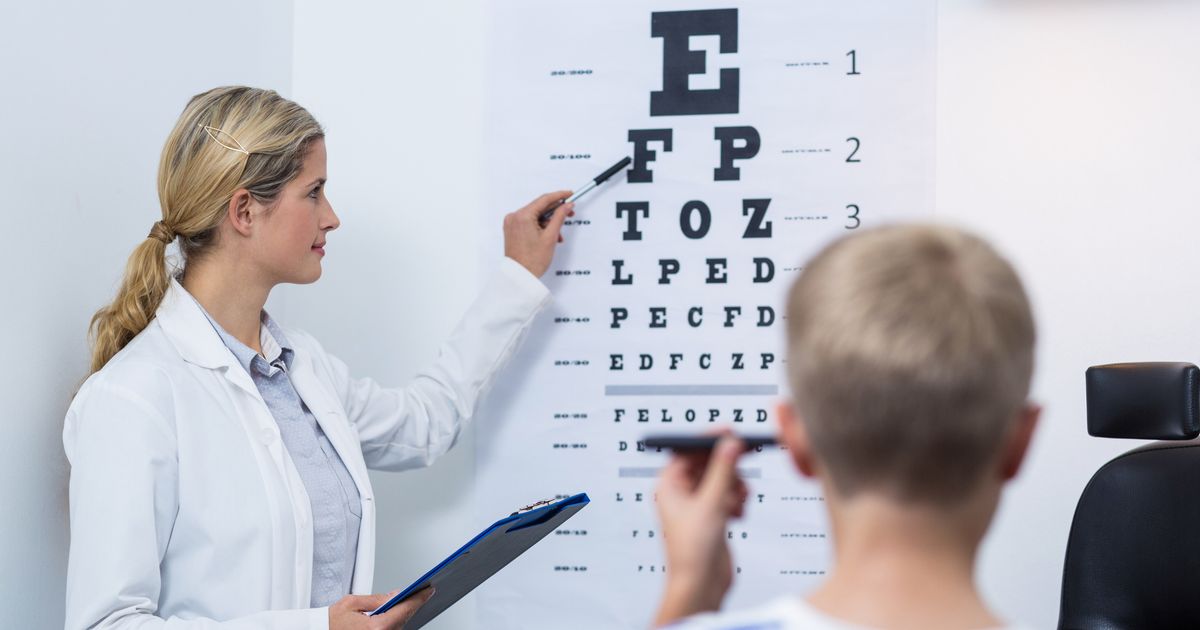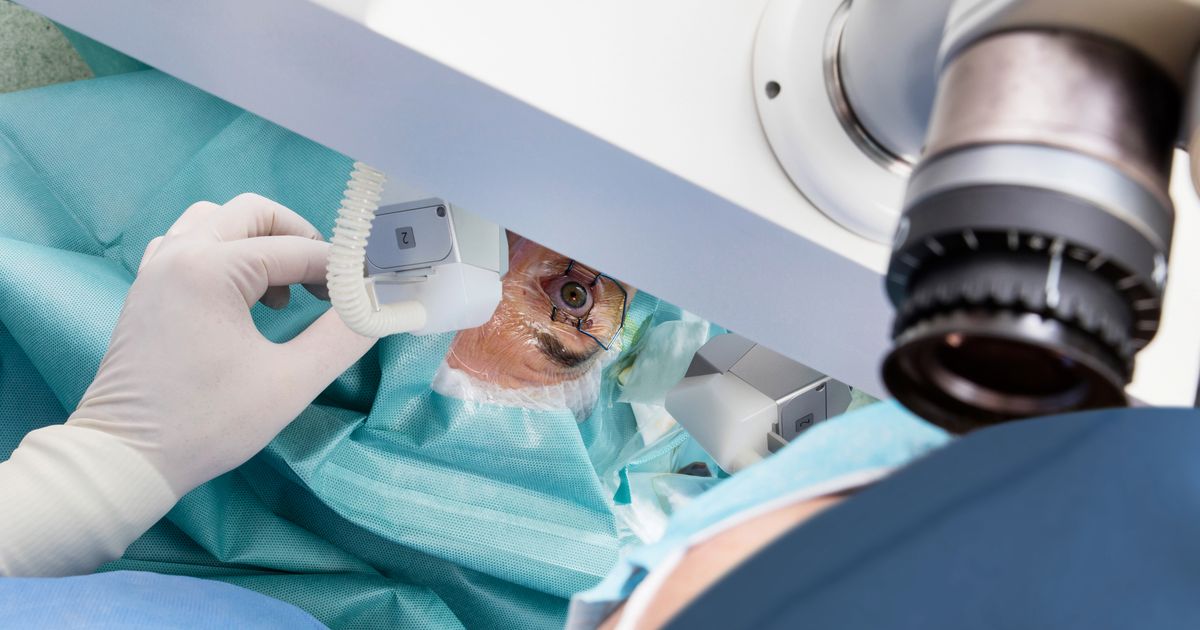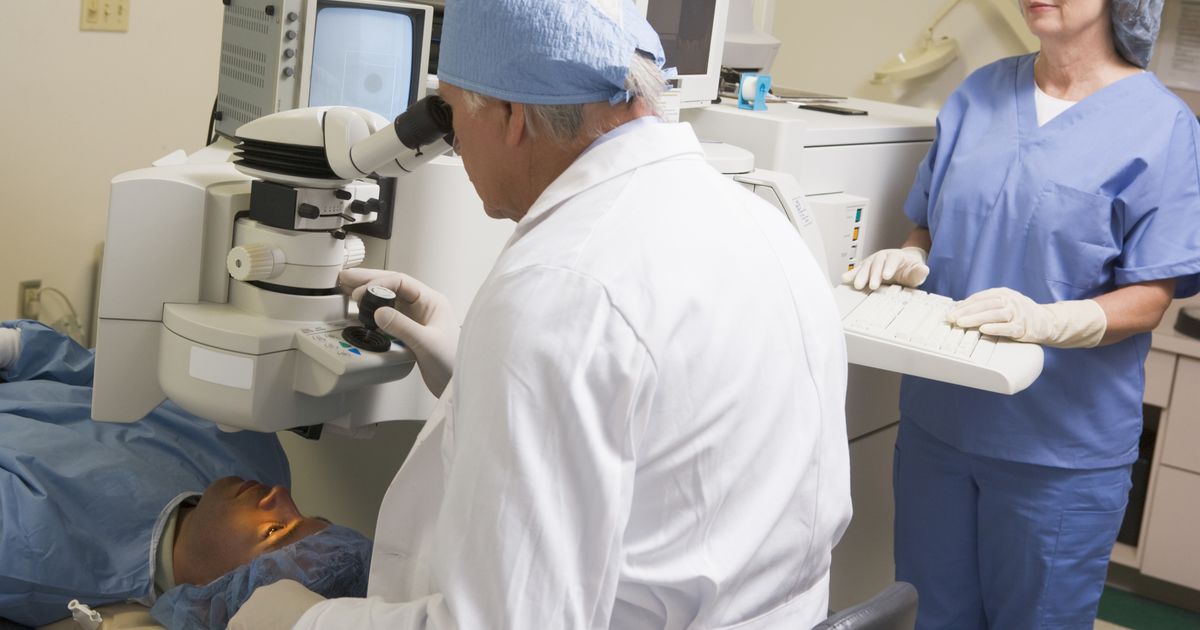Could You Have An Eye Astigmatism?
Astigmatism is a common eye condition referring to an abnormality in the shape of the eye’s lens or in the curve of a patient’s cornea, which is the clear, round dome covering the pupil and iris. Common symptoms include blurry vision (the most common), eye strain, squinting, light sensitivity, and headaches. The good news is astigmatism does not reach the point of blindness, but it is still essential to note blurry vision can be quite dangerous as well as aggravating to the patient.
Who can have this condition? What are the major symptoms? What can be done about it? Keep reading for everything you need to know about astigmatism.
What Causes Astigmatism In The First Place?

Astigmatism can occur at any age, including birth, or develop over time, though most individuals with this condition were born with it. The most common cause of astigmatism is due to genetic predisposition. It may also occur due to an eye injury, eye surgery, or eye disease, but it is important to note individuals cannot develop astigmatism or make it worse by reading in dim light or by sitting too close to the computer or television. However, patients can still cause headaches or eye strain this way, even if the effects remain temporary, and as such, they should avoid doing these things when possible.
Continue reading for information on why blurry vision occurs with astigmatism.
How Astigmatism Causes Blurred Vision

The first layer of the eye is the cornea, which is a transparent, dome-shaped layer. From there, the light passes through the pupil and the lens. The cornea and the lens are two parts of the eye that help focus the light. Corneal astigmatism occurs when the cornea, the transparent, dome-shaped layer of the eye, is misshapen. Lenticular astigmatism occurs when the lens’ shape is distorted. Both of these types result in blurred vision at all distances. Blurred vision is the result of a refractive error, since either the cornea or the lens is not allowing light to focus properly at the back of the eye, and may do so in more than one place.
Though blurry vision is the most common symptom of astigmatism, it does not always mean blurry vision is the result of this condition, since other refractive errors, such as nearsightedness or farsightedness, also cause it. This is why diagnosing astigmatism, discussed next, is so important.
Diagnosing Astigmatism Through An Eye Exam

An eye exam with an optometrist is the most reliable way to determine if astigmatism exists or if it is another condition. During the eye exam, the optometrist will conduct a series of tests, including asking the patient to read letters on a chart at varying distances and testing the focusing power of their eyes with a series of lenses placed in front of their eyes.
Other important tests to help diagnose astigmatism include a tool called a keratometer to measure the cornea’s curvature, as well as corneal topography to help accumulate as much information as possible about the shape of the cornea’s surface. It is important to note, hover, these tests may also indicate other conditions such as nearsightedness or farsightedness, which are not the same as astigmatism, but may appear alongside it. Once the optometrist diagnoses the issue, they will then discuss the appropriate course of treatment for this. For details, continue reading.
Treatment Options Available For Astigmatism

In many cases, corrective eyeglasses or contact lenses can effectively treat astigmatism. Eyeglasses can help sharpen the light and refocus it to hit the retina properly. Rigid contact lenses can effectively reshape the cornea. Optometrists will often recommend one of these two for more severe cases of astigmatism, though soft contact lenses are also an option for mild cases. If this is the chosen treatment, the optometrist will write the patient a prescription for their specific astigmatism, which the patient will then fill either in the optometrist’s office (if they offer this service) or with a licensed optician.
However, the optometrist may decide corrective eyeglasses or contact lenses are not the appropriate treatments, or the patient may request another option, which is where corrective surgery comes in. At this point, the optometrist will refer the patient to an ophthalmologist, who is a licensed eye surgeon and can better discuss the surgeries available to the patient. For details on surgeries to correct astigmatism, continue reading.
Can Cataract Surgery Cure Astigmatism?

During a typical cataract surgery, the ophthalmologist removes the cloudy lens in the eye and replaces it with a clear artificial lens, called an intraocular lens. The ophthalmologist must first remove the cornea to reach the lens. While the surgeon has the cornea out, they will make small incisions to the edges of a misshapen cornea and insert the intraocular lens. Correcting astigmatism, however, requires the ophthalmologist to vary the typical cataract surgery.
The most successful variation is to use a toric intraocular lens instead of the standard, as these have the necessary astigmatism correction built in, though the ophthalmologist must order them specifically. The good news with the toric intraocular lens is a lessened reliance on corrective eyeglasses after the surgery is over. The other option for correcting astigmatism during cataract surgery is for the surgeon to perform limbal relaxing incisions, but these are only able to correct some astigmatism, and it is almost impossible to tell if they are successful until later.
Can LASIK Eye Surgery Correct Astigmatism?

Yes, Laser-Assisted In Situ Keratomileusis (LASIK) is another refractive eye surgery with the ability to help correct astigmatism. It is an outpatient procedure, meaning no overnight hospital stay is required. In this surgery, the ophthalmologist will use a laser to reshape the cornea after creating a thin flap in the cornea and removing a specific amount of the corneal tissue, also with a laser, before laying the flap back and letting it heal. This will help the cornea focus light rays onto the retina properly.
For the most part, LASIK allows patients to perform most daily tasks without requiring contacts or corrective eyeglasses. However, achieving perfect vision after this surgery is rare, which patients should keep in mind before undergoing the procedure. They will often require corrective eyeglasses for tasks such as reading or night driving.